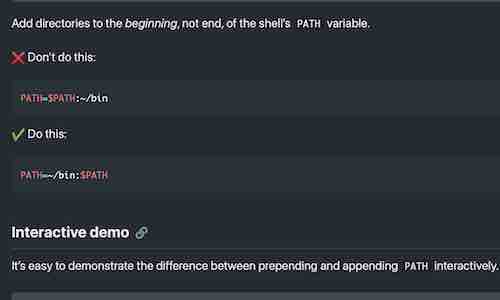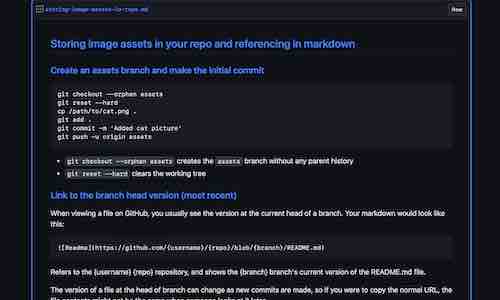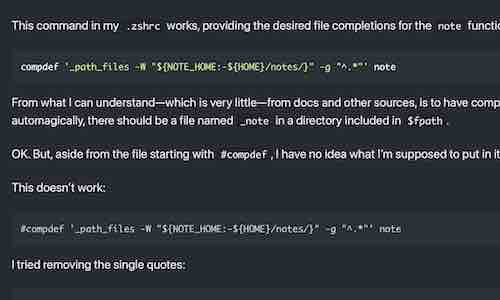Can I make a postgres table automagically concatenate itself into a single row? 🧐 Let’s find out.
 Don’t try this in production
Don’t try this in production
Create a schema/table to play with:
stan=> create schema questionable;
CREATE SCHEMA
stan=> set search_path to questionable ;
SET
stan=> create table demo(t text);
CREATE TABLE
Create a function that uses a temporary table to collect aggregated rows and reinsert them as a single row after emptying the table:
CREATE OR REPLACE FUNCTION tf_concatenate_rows()
RETURNS TRIGGER AS $TF$
BEGIN
IF (SELECT count(*) FROM demo) > 1 THEN
CREATE TEMPORARY TABLE _squeeze(t TEXT);
INSERT INTO _squeeze SELECT string_agg(t, E'\n') FROM demo;
DELETE FROM demo;
INSERT INTO demo SELECT * FROM _squeeze;
DROP TABLE _squeeze;
END IF;
RETURN NEW;
END;
$TF$ LANGUAGE plpgsql;
See PostgreSQL Documentation: Triggers, Trigger Functions.
Create the table trigger:
CREATE TRIGGER concatenate_rows AFTER INSERT ON demo
EXECUTE FUNCTION tf_concatenate_rows();
Let’s see what this bad boy can do:
stan=> insert into demo select 'insert first row';
INSERT 0 1
stan=> table demo;
t
──────────────────
insert first row
(1 row)
stan=> insert into demo select 'insert 2nd row';
INSERT 0 1
stan=> table demo;
t
──────────────────
insert first row↵
insert 2nd row
(1 row)
stan=> insert into demo values ('this'), ('is'), ('a'), ('bad'), ('idea?');
INSERT 0 5
stan=> table demo;
t
──────────────────
insert first row↵
insert 2nd row ↵
this ↵
is ↵
a ↵
bad ↵
idea?
(1 row)
🙃
Of course, I had a semi-useful purpose for trying this, concatenating multi-line JSON objects into a single line.
stan=> truncate demo;
TRUNCATE TABLE
stan=> \copy demo from stdin csv quote e'\x01' delimiter e'\x02'
Enter data to be copied followed by a newline.
End with a backslash and a period on a line by itself, or an EOF signal.
>> {
"glossary": {
"title": "example glossary",
"GlossDiv": {
"title": "S",
"GlossList": {
"GlossEntry": {
"ID": "SGML",
"SortAs": "SGML",
"GlossTerm": "Standard Generalized Markup Language",
"Acronym": "SGML",
"Abbrev": "ISO 8879:1986",
"GlossDef": {
"para": "A meta-markup language, used to create markup languages such as DocBook.",
"GlossSeeAlso": ["GML", "XML"]
},
"GlossSee": "markup"
}
}
}
}
}>> >> >> >> >> >> >> >> >> >> >> >> >> >> >> >> >> >> >> >> >>
>> \.
COPY 22
stan=> table demo;
t
─────────────────────────────────────────────────────────────────────────────────────────────────────────────
{ ↵
"glossary": { ↵
"title": "example glossary", ↵
"GlossDiv": { ↵
"title": "S", ↵
"GlossList": { ↵
"GlossEntry": { ↵
"ID": "SGML", ↵
"SortAs": "SGML", ↵
"GlossTerm": "Standard Generalized Markup Language", ↵
"Acronym": "SGML", ↵
"Abbrev": "ISO 8879:1986", ↵
"GlossDef": { ↵
"para": "A meta-markup language, used to create markup languages such as DocBook.",↵
"GlossSeeAlso": ["GML", "XML"] ↵
}, ↵
"GlossSee": "markup" ↵
} ↵
} ↵
} ↵
} ↵
}
(1 row)
It works, but it is more complicated than using a query in a view or procedure. No real gain here; I just wanted to see if was possible.




